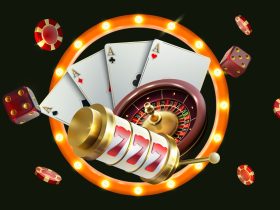Selecting a perfect bat is very important for a Baseball player. Without delay can better swing mechanics, increase assurance at the plate, and even prevent harm.
With so many sizes, matters, and certifications available, possibly overwhelming to visualize which bat fits best. This guide breaks down the key causes to consider before buying baseball bats.
1. Determine the Correct Bat Size
The beginning is finding the right distance and weight.
• Length:
An excessively short bat reduces reach, while one that’s also long slows your swing. A simple test is out stand the bat straight up against your body. If the knob touches your thumb when your arm is extended straight below, the length is appropriate.
• Weight:
Bat pressure is measured in ounces and frequently paired with accompanying length in what’s named the drop weight (time minus burden). For example, a 30-inch bat deliberation 20 ounces has a -10 drop. Lighter bats improve swing speed for more inexperienced or smaller entertainers, while weightier bats suit more powerful hitters who want more volume.
2. Understand Bat Materials
The material of a bat impacts conduct and durability.
• Wood:
Traditional and frequently required in professional leagues. Popular forests include maple, ruins, and birch. They specify a natural feel but can break more easily.
• Aluminum/Alloy:
These socks offer a consistent depiction and are ideal for beginners and off-hand players.
• Composite:
Made of wrap materials, these bats offer the best sweet spot and reduced quiverings. However, they usually demand a “break-in” ending and can be more high-priced.
3. Check League Regulations
Different leagues enforce particular certifications for bats:
• USA Baseball (USA Bat):
Common in teen leagues, focused on equalized performance.
• USSSA:
Allows for greater performance principles and larger sweet spots.
• BBCOR:
Necessary for high school and college play, guaranteeing bats perform similarly to wood.
Before purchasing, always establish your league’s certification requirements to avoid spending money on an unsuitable bat.
4. Balance vs. End-Loaded Bats
- Balanced bats deliver weight smoothly, making them smooth to control and perfect for contact hitters.
- End-loaded bats have extra weight at the cask, adding more capacity for strong hitters but requiring a better swing mechanism.
5. Budget and Quality Considerations
Bats vary widely in price—from inexpensive entry-level models to premium extreme-performance designs. While more costly bats repeatedly feature advanced skill, beginners don’t inevitably need top-tier models. Choose a bat that matches two together your playing level and your budget.
Conclusion
Choosing the right baseball bat comes down to understanding force, material, league rules, and personal style. Whether you’re buying for yourself or your baby, an excellent bat is the one that feels easy, meets league guidelines, and complements the player’s talents. With the right choice, all swings can lead you closer to a number at the plate.







